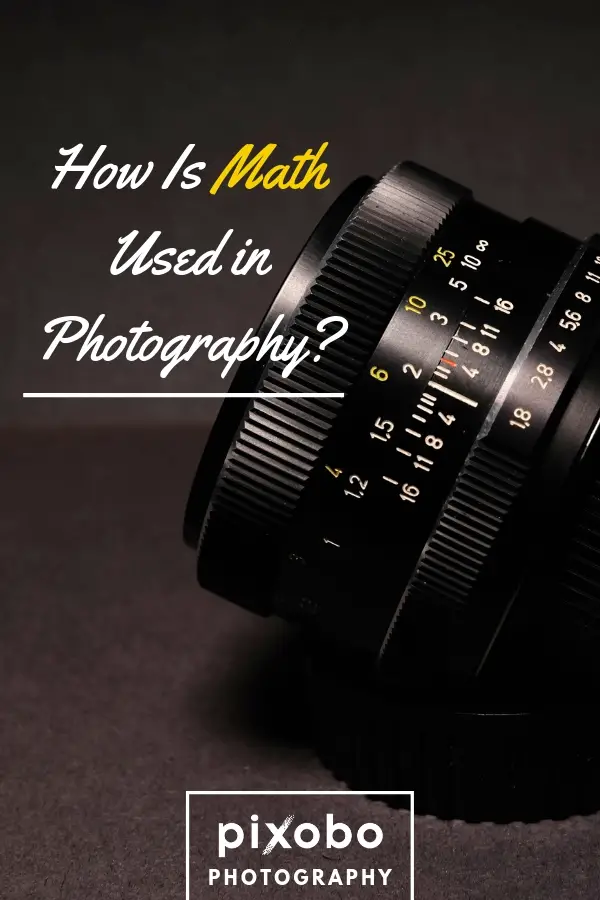When I was in my childhood years, our math teacher used to say that math is used everywhere. And of course, we were laughing at this. Now, as a grown-up person, I can see why they tell that to everyone. Believe it or not, math is used even in photography and what’s more important is that it has a HUGE role when it comes to image exposure.
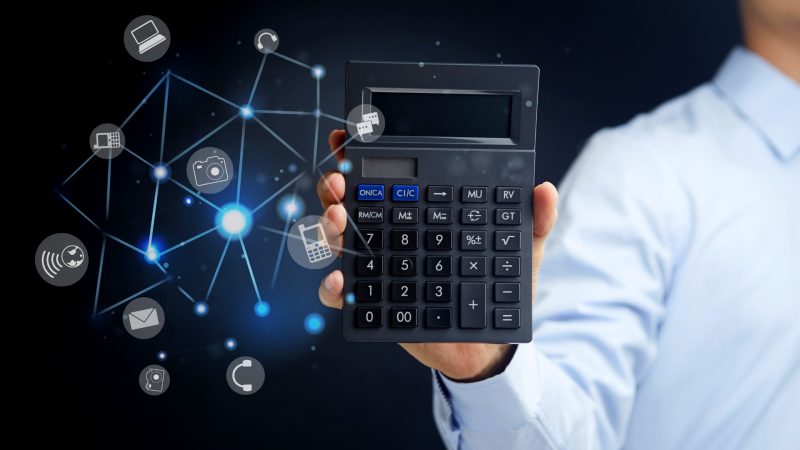
Math is great for determining your ISO settings, aperture settings, as well as a few other factors that we’ll mention in the article. So, let’s see how you can utilize math next time you go out and take some photos.
Table of Content
Math in Photography
-
Fractions
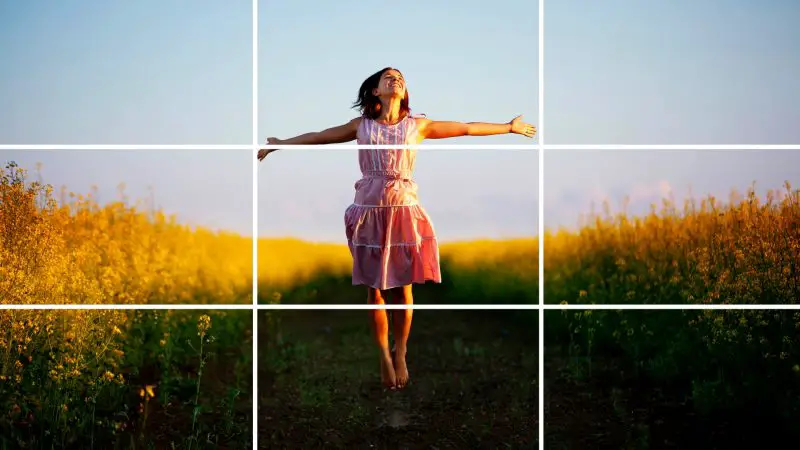
We all know about fractions, don’t we? I mean, this is one of the primary things that a photographer should know. The reason why I say this is that there is a Rule of Thirds, that’s been used for proper photo composition.
If we divide our photo into thirds, we can get a grid with dimensions 3×3 – 3 vertical and three horizontal thirds. As we now have a total of 9 rectangles, this rule can also be called Rule of Nines.
The main idea behind this rule is to use the lines to position the important subjects on the photo at the places where those lines intersect. Thankfully, most of the cameras with an LCD have an option to turn the grid on, so you can pretty much use fractions to your advantage. The great thing about these lines is that you can position their intersection point at any subject or part of the subject you want!
If you want to accentuate the eyes, simply use one of the intersection points and position it there. Next time you think about fractions, just remember this basic rule of photography. It can drastically change the tone and the quality of your photos.
-
ISO Settings
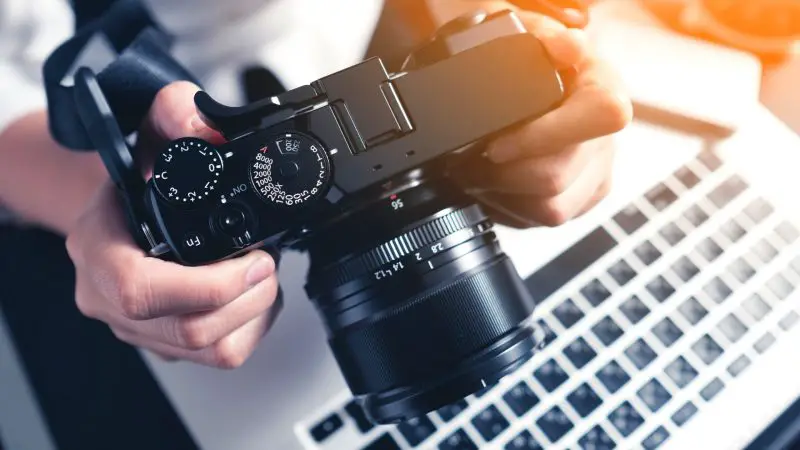
ISO is one of the most important camera variables for proper photo exposure. It’s one of the most common math and photography problems as it can increase or decrease the graininess of the photo, depending on the value.
ISO is a direct measure of the camera’s sensitivity to the light. When ISO settings are high, the camera is more sensitive, and vice versa.
Let’s take a look at some of the most common ISO values:
ISO 100, 200, 400, 800, 1600…
Do you see the pattern?
This is called the Geometric Progression. Geometric progression means that those numbers follow a certain pattern when progressing towards a higher number. And I can bet that you already see the pattern. But, before the pattern could be made, there needs to be a BASE ISO which is defined by the camera itself.
Usually, this base is 50, 100, or 200. And when we have a base, the geometric progression can begin.
A base ISO 50 will have a geometric progression like this: ISO 50, 100, 200, 400, 800, 1600…
A base ISO 100 will have something like this: ISO 100, 200, 400, 800, 1600…
And finally, ISO 200 will be like this: ISO 200, 400, 800, 1600, 3200…
Does this mean that the photo taken with ISO 400 is four times less bright than the photo taken with ISO 1600?
YES! Every next ISO value is two times ’stronger’ than the previous one, which makes this geometric progression very useful in photography.
-
The Math of Aperture
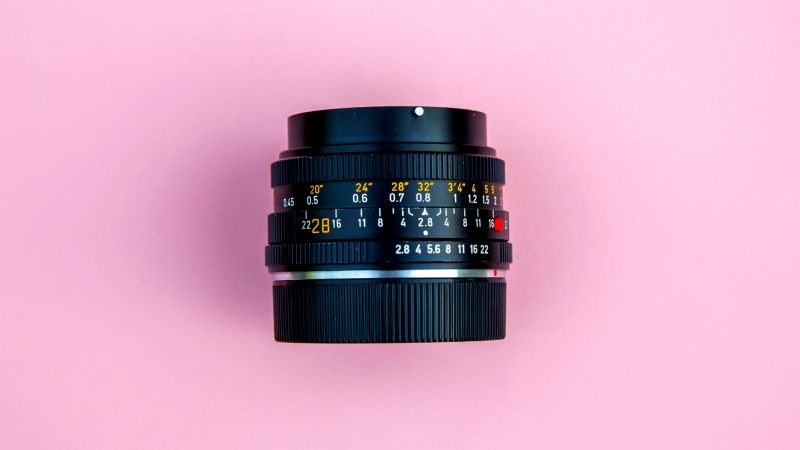
If you grasped the basic math principles of ISO settings, now it’s time to move to more complex stuff. The aperture settings are something that’s been bothering many beginner photographers.
They usually set the higher number and expect to have a large aperture opening, but in reality, it’s quite the opposite.
The most confusing is that there is a letter ‘f’ next to each number and this letter is a symbol for F-Stop. We can basically call every number next to ‘f’ an ‘F-Stop number.’
Again, let’s see the typical F-Stop numbers:
f/1.4, f/2, f/2.8, f/4, f/6, f/8…
Just take a look at the numbers closely. Unlike ISO settings, the aperture openings follow a doubling pattern on every second number. We have f/1.4, and then we have f/2, but the next number is f/2.8, which is f/(1.4*2). If the number is higher, the aperture doesn’t open that much. And the lowest number means that the aperture is fully opened, in this case, f/1.4.
The aperture F-Stop numbers also follow a geometric progression, but with a different pattern.
These f values are closely tied to the diameter of the aperture opening. The lowest f-number is f/1.4, which is actually the square root of 2, making it a base for the other values.
For example, let’s say we have a Radius of 1. And if we increase the aperture radius to 1.4, we get a circle with an Area that’s twice as large as the previous one, despite the increase being only 40%. But, when we calculate the Area of the circle, we have the Radius squared, according to the well-known formula:
A = πr2
If we take the Radius and give it a value of 1.4, and then we square it, we get a value of 1.96, which is almost 2. Now, take a look at the typical f numbers above. We have f/1.4 and then f/2. These two numbers are the lowest aperture openings, and they represent the base for the other aperture settings:
1.42 = 1.96 = 2, 2*1.4 = 2.8, 2.8*1.4 = 3.94 = 4, and so on.
-
The F-Stop Formula
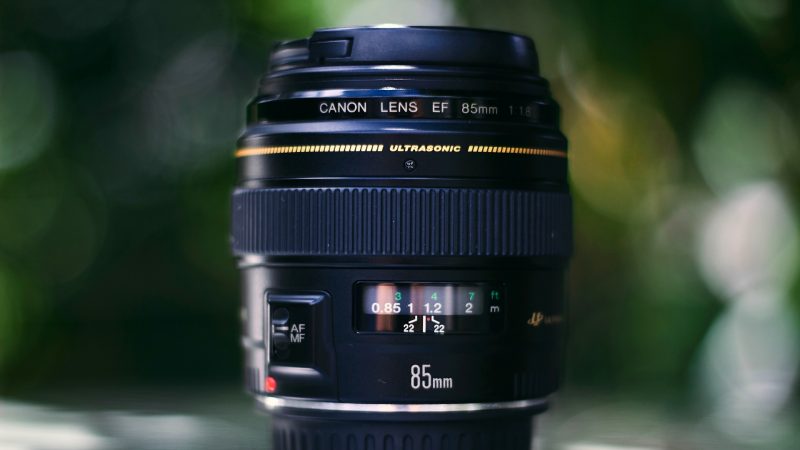

This is yet another way to calculate your f-stop number. The focal length of the lens is determined by the type of lens. Usually, we have up to 28mm for a wide-angle lens, up to 55mm for a standard lens, and up to 200mm for a Telephoto lens.
The aperture diameter is what we mentioned before. And according to that, you can calculate the F-stop number for your lens.
-
Shutter Speed

The shutter speed is also one of the settings from the Exposure Triangle, alongside aperture and ISO settings. This speed is measured either in seconds or fraction of seconds, and it’s a measure of how long will the shutter stay open after you trigger it.
If the shutter speed is lower, it opens and closes a bit slower, letting in more light. And if the speed is faster, it will open just for a brief moment, before closing. Let’s see the typical shutter speeds:
1, 1/2, 1/4, 1,8, 1/15, …1/1000, 1/2000, 1/5000
Again, we have a geometric progression, which we mentioned a few times. The bottoms of each fraction are always doubled, as we can see. We have the base of 1, and then 1/2, immediately doubled to 1/4.
If we take a closer look, we can see that 1/8 isn’t exactly doubled and is followed by 1/15. This is done deliberately, so that it’s easier to double 1/15 do 1/30, 1/30 to 1/60, etc.
The speeds ranging from 1 to 1/30 sec are branded as SLOW shutter speeds.
The speeds from 1/60 to 1/250 are MEDIUM shutter speeds for everyday use.
Finally, the speeds from 1/500 to 1/5000 are FAST shutter speeds for moving subjects.
-
The Math Behind White Balance

We’ll explain this quickly. The white balance is all about that color temperature which can either be warm or cool. And for those who didn’t know, the white balance problems are usually mathematical. The color temperature is expressed in Kelvins (K), and there is a specific temperature scale which tells us what colors are warm and what are cool colors.
Colors with a low Kelvin count are warm colors, and colors with the higher Kelvin count are the cool ones.
Usually, the color temperature of the sky is 10000 to 15000 K, and the average daylight is somewhere between 5500 and 6500 K. And if we compare that to, let’s say, the candle flame (1000 to 2000 K), we can see a drastic difference.
Luckily, you won’t have to deal with all those numbers when choosing the value in your camera settings. Those values will always have the names like ’Fluorescent, Cloudy, Incandescent, etc.’ And you can always choose one, according to your environment and lighting conditions.
Mathematics is one of the oldest areas of science that can be used to describe every process around us!
In photography, mathematics is one of the most important things, as most of the camera settings are directly connected to various mathematics rules. In fact, there are even more math formulas used in photography, and some of them are used in the manufacturing process, too.
The goal of this article was to see if mathematics is a crucial part of photography, and it is.
Luckily, an average user and even professional photographers don’t have to do any math when taking a photo. Today’s cameras offer simplified interfaces which allow us to use the camera settings with ease. But, I also suggest reading our guide about ideal camera settings for studio photography, where you can find out camera settings for different types of photography.
Definitely enough math for today!
